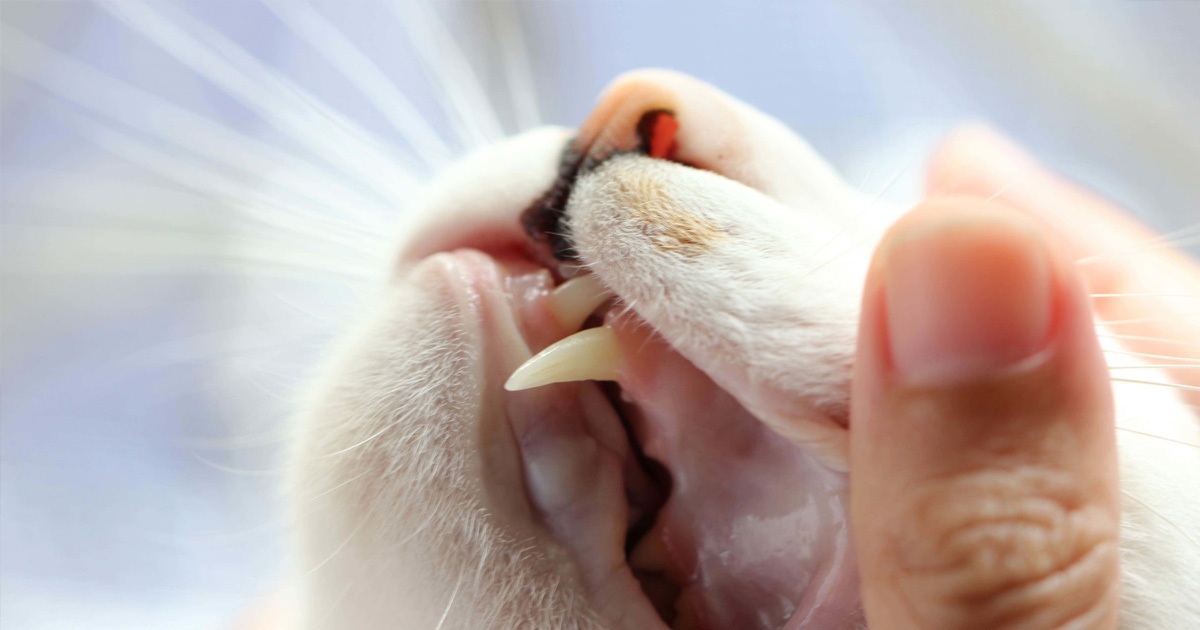Why is Dental Health So Important to Your Pet?

Signs of Periodontal Disease
- Bad breath
- Decreased appetite
- Increased salivation/drooling
- Bleeding gums
- Preference for softer food
Sound familiar? Not surprising considering periodontal disease is one of the most common diseases in our companion animals. Unfortunately, periodontal disease also tends to be insidious and deceptive (lurking below the gum line) and because it is a gradual process, many pets continue to eat despite being in pain.
At Mixed Pet, our approach to oral care involves client education coupled with regularly scheduled exams. This simple yet effective strategy has proven to be key to the successful treatment and prevention of periodontal disease experienced by many of our patients.
Oral Care
At Mixed Pet, we recommend anesthetized yearly dental cleanings and radiographs for our client’s pets. Our dental services involve the following:
- Examination- we’ll perform a pre-anesthetic exam, blood work panel and pre and post dental pictures
- Full Mouth Digital radiographs – since 60% of the entire tooth in our pets is below the gum line, our state-of-the-art technology allows us to identify concealed issues such as tooth root abscesses and fractures
- Dental cleaning- each tooth is ultrasonically scaled above and below the gum line, then polished. If any disease is found during the anesthetized process, you will be contacted to discuss the appropriate options
- Client education – when it is time to pick up your pet, we’ll review your pet’s dental radiographs, before and after pictures and home dental care and prevention.
What is the First Step?
Make an appointment today so we can perform a comprehensive oral health assessment and treatment (COHAT) examination.